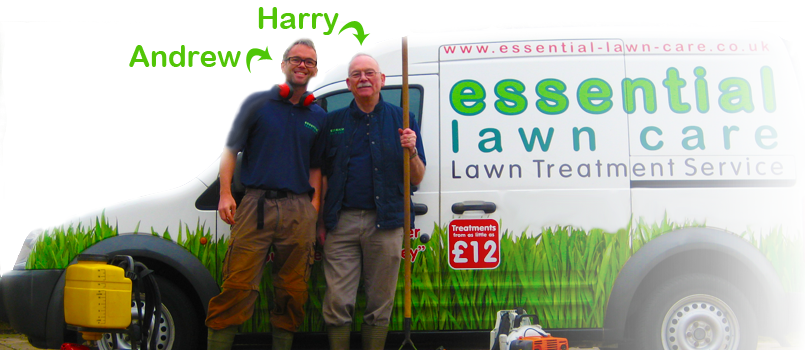Are you satisfied with the appearance of your lawn?
Unable to control weeds & moss?
Would you like to know how to economically improve your lawn?
Welcome to Essential Lawn Care
Lawn care services Warrington. Essential Lawn Care is and always has been a family owned and run business located in Warrington. We do a wide range of lawn care treatments in Warrington and the surrounding areas, covering everything from weed treatment, moss treatment, scarification and more. For most lawns, achieving a healthy, weed-free appearance means not only mowing and watering, but also treating regularly. Get in touch, we’re here to help!
Areas We Cover
Please note that we now ONLY cover WA5 postcodes.
There are thousands of fertilisers available, from the simple weed, feed and moss control combinations sold in garden centres, to sophisticated combination feeds sold to professionals groundsmen and garden-keepers.
Essential Lawn Care use products that are available to the professionals in the industry to ensure that our customers have the most appropriate products on their lawns.
The nutritional essentials of turf care are very much the same whatever feed is used. Nitrogen in various forms is essential to promote leaf and stem growth and greening up. Phosphorous is required to promote root & shoot development. Potassium is critical to improve the overall health of the grass. There will also be a range of key trace elements such as Iron, Magnesium, Manganese and Sulphur which can play a major part in improving the health and appearance of your lawn.
Eventually, even freshly laid turf that started out weed/clover free, will start to have weeds/clover growing in it. Weeds are highly adaptable and aggressive. They can grow in the most adverse weather conditions and compete for water, nutrients and sunlight. If you have any areas of weak or thin grass coverage in our garden, weeds and/or moss will start to colonise that area and very quickly. Many traditional herbicides purchased by the public do not have the range of coverage required to effectively control weeds and clover.
Before you try to control moss it is usually better to identify why moss is appearing in your lawn. Solving the reasons why moss develops in your lawn may help reduce the amount of moss that appears in subsequent years. Moss, which does not have roots, obtains its nutrients from moisture. Moss thrives in damp and shady areas. Moss will rapidly develop in lawns that have thatch. Damp thatch acts as a perfect environment for moss to develop. Compacted soil or poorly drained soil which can be a feature of heavy clay soils tends to have a damp surface that offers a perfect environment for moss spores to develop. Areas of lawn that have been scalped or areas that have thin growth will also be quickly colonised with moss.


